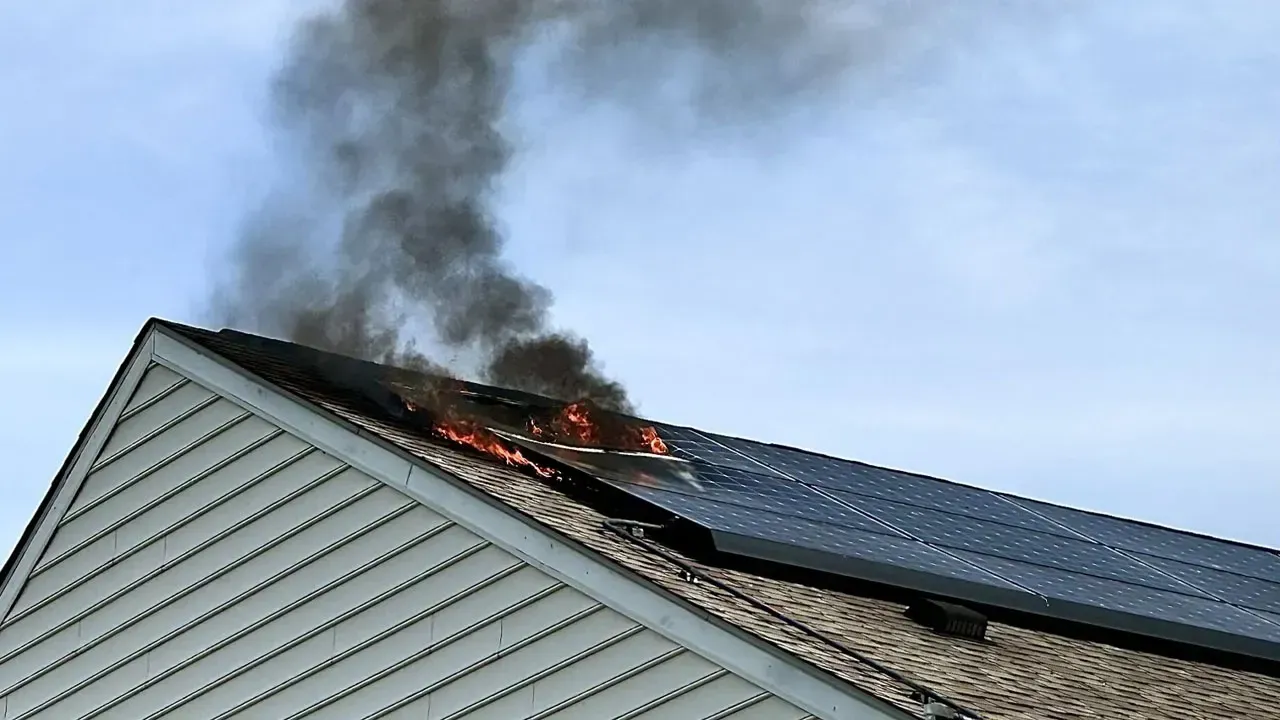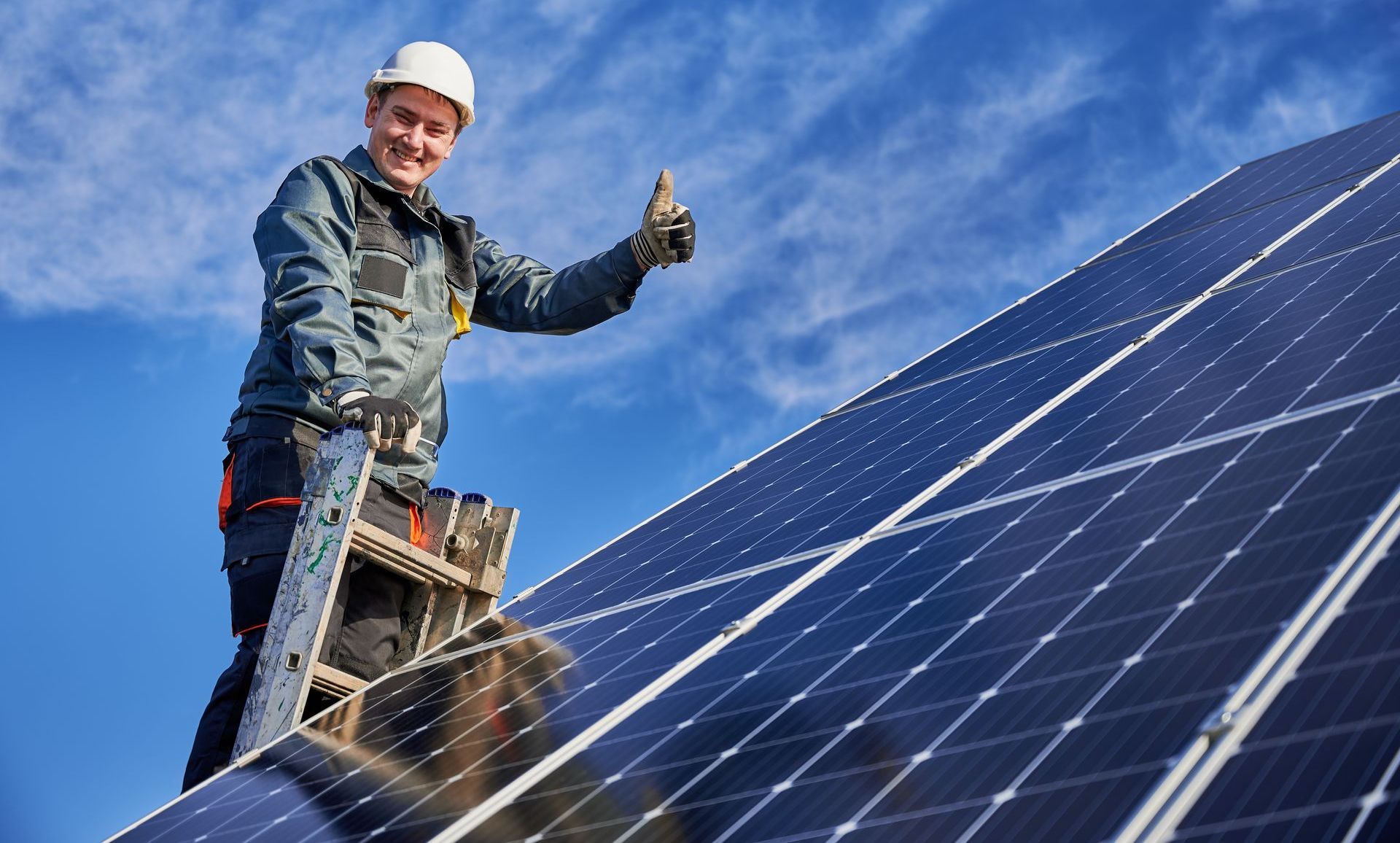Why Solar Panels Don’t Belong in Green Fields—And Where They Should Go Instead
Solar PV installed on Typical Factory roof in Suffolk

As the world embraces renewable energy, solar power is becoming a major player in the fight against climate change. But there’s a growing debate about where solar panels should go. While solar farms in green fields might seem like a clean solution, they come with hidden costs—to nature, agriculture, and communities.
Instead, we should look up—literally. The rooftops of warehouses, factories, and other industrial buildings hold enormous, often untapped potential for solar power generation. Here’s why it's time to shift our focus from green fields to grey roofs.
1. Preserving Biodiversity and Ecosystems
Green fields are often home to rich biodiversity. They support insects, birds, small mammals, and plant life that form delicate ecosystems. When these areas are converted into solar farms, ecosystems are disrupted or destroyed. Soil compaction, fencing, and artificial shading can degrade natural habitats, fragment wildlife corridors, and reduce species diversity.
By contrast, industrial rooftops are already built environments. Installing solar panels on them doesn't disrupt ecosystems—it repurposes unused space.
2. Protecting Agricultural Land
With growing global populations and increasing food insecurity, preserving fertile farmland is more important than ever. Once farmland is covered with solar arrays, it can no longer produce food or support grazing.
Industrial roofs, however, do not compete with food production. In fact, rooftop solar can help decarbonize food supply chains by powering the very warehouses that store and transport food.
3. Avoiding Urban Sprawl and Visual Impact
Solar farms in rural areas can spark opposition from local communities due to changes in landscape, loss of recreational space, or declining property values. The pushback is real—and growing.
Industrial zones, on the other hand, are already visually industrial. Adding solar panels to these roofs has negligible aesthetic impact, and is far less likely to face public resistance.
4. Efficiency of Grid Integration
Large greenfield solar farms often require new transmission lines to connect to the grid, adding cost and complexity. They may be located far from where the electricity is actually needed, leading to energy loss during transmission.
Industrial buildings, typically located in or near cities and commercial centres, are closer to the demand. Rooftop solar systems here can feed power directly into local grids, improving efficiency and reducing infrastructure costs.
5. Wasted Potential on Industrial Rooftops
It’s estimated that millions of square meters of industrial rooftop space remain unused. Many of these buildings have flat, unobstructed roofs—ideal conditions for solar panel installation. And yet, much of this space sits idle while farmland is sacrificed for clean energy projects.
In some regions, simply using available rooftop space could generate enough electricity to power entire cities without disturbing a single blade of grass.
6. Policy and Incentives Lag Behind
One reason greenfield solar is often prioritised is that it can be developed at scale more easily. But that’s a policy and financing challenge—not a technical one. With the right incentives, regulatory support, and streamlined permitting processes, rooftop solar on commercial and industrial buildings could scale just as effectively.
Investing in rooftop solar not only avoids the downsides of greenfield development but also builds a more resilient, decentralized energy system.
Conclusion: Let’s Rethink Our Solar Strategy
The shift to renewable energy must not come at the expense of nature, food security, or community well-being. We have a vast canvas of underused industrial rooftops waiting to be transformed into clean power generators. Let’s prioritise these spaces—where the environmental and social costs are minimal—and leave our green fields green.
Clean energy and conservation aren’t opposing goals. We just need to be smarter about where we put the panels.


